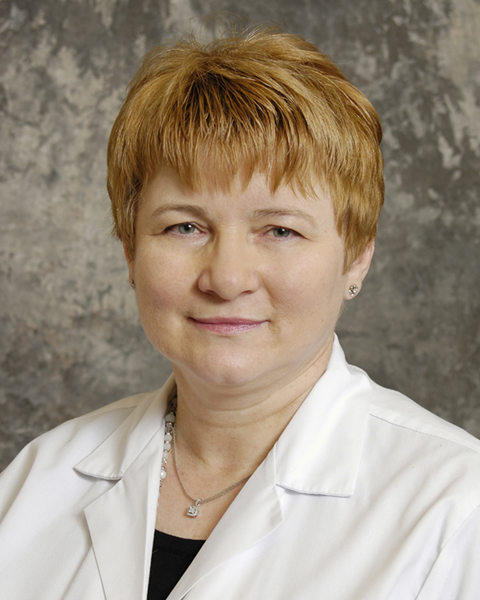What is Multiple Sclerosis?
What do Montel Williams, Clay Walker and Mouseketeer Annette Funicello have in common besides music? Each of them was diagnosed with multiple sclerosis, or MS, and spent years living with the debilitating disease.
Multiple sclerosis is a disease of the nervous system in which the nerve fiber sheath, called myelin, is damaged in regions of the brain and sometimes the spinal cord. This compromises the communication signals the body relies on to function to pass through them. First recognized as a distinct disease in 1868, the term multiple sclerosis refers to the many scars, or sclerae, that begin to cover the white matter of the spinal cord and brain.
A person with MS can exhibit almost any neurological symptom. These can include double vision, balance problems, difficulty in swallowing, bowel and bladder problems, stiffness, muscle spasms, speech difficulties and tremors. Depression frequently accompanies these symptoms. Symptoms can appear sporadically and increase over time or remain relatively constant.
Not all people with multiple sclerosis progress the same. For example, people with relapsing-remitting MS have periods of disease activity followed by months or even years of remission. Primary progressive MS, which occurs in a small proportion of patients, does not have periods of remission. In secondary progressive MS, people who have previously had periods of remission continue to experience progressive decline without remissions.
Symptoms can be misdiagnosed without the proper testing. Some people with it were initially told they suffered from Epstein-Barr syndrome, fibromyalgia, Lyme disease, Lupus or even psychiatric disorders.
There is no test to directly identify MS, but tests can be done. “In this area we see a lot of patients with MS,” Dr. Oksana Palatna, neurologist with Penn Highlands Neurology and medical director of the Neurology Department, said. “It takes several tests to confirm or discard the MS diagnosis. We have all the available resources to conduct the necessary testing to initiate treatment if indicated…and the sooner the patient starts treatment, the better outcome they will have.”
An MRI (magnetic resonance imaging) can show areas or lesions on the brain and spinal cord. A dye is added by injection to contrast the lesions showing that MS is in an active phase. Evoked potential tests record electrical signals your nervous system produces in response to stimuli. The electrodes measure how fast the information moves down your nerve conduits.
For most people, the MRI is the easiest to confirm the presence of MS. Sometimes a lumbar puncture or spinal tap has to be performed to look for the presence of special antibodies and other proteins to help with the diagnosis in case of inconclusive imaging studies or unusual physical signs and symptoms.
MS is not an inherited or contagious disease. In fact, its cause is a subject of debate and scientific speculation. It is believed that it results from some combination of genetics coupled with environmental factors, such as infectious agents. No one definitive answer has been proven, yet, but the change occurs due to an autoimmune reaction in which the body directs a response against its own tissue.
What is known? It is known that the further a person lives from the equator, the higher the chance of MS. A growing body of evidence supports the need for vitamin D supplements in lowering the risk for developing MS in vitamin D deficient patients.
Also, it is known that the majority of people are diagnosed with the disease between the ages of 20 and 50. It is also two to three times more common in women than men. This fact suggests that hormones may play a major role.
According to Penn Highlands neurologist, Dr. Marko Reumann, “although there is no cure for MS, there are now medications that can reduce the symptoms of nerve inflammation during an attack such as corticosteroids. There are other approved medications which may help by slowing the progression of the MS such as Interferons and other biologics. However, all of these methods have side effects and vary in their effectiveness. While most therapies need to be injected, there are three medications that are available in oral formulation. Often, there needs to be periodic lab testing for surveillance purposes.”
Aside from medication, there are other treatments available that could help ease symptoms. Moderate exercise and yoga can help to reduce fatigue. Counseling can help treat depression. Cognitive evaluations and intervention can help with memory issues. Physical, occupational and speech therapy can help with movement problems. In states where medical cannabis is legal it has been prescribed for pain and symptom control such as reduction of muscle spasms. Some facilities have also employed hyperbaric oxygen therapy as an alternative treatment.
If you think you may have unexplained symptoms that could be MS, schedule a neurological exam with your primary care provider. This test checks cognition, coordination and strength, vision and hearing and other senses. To assist your doctor, provide a detailed health history. It is also helpful to keep a journal of symptoms.
To be seen by a neurologist at Penn Highlands, a referral from a doctor, preferably your primary care provider, is required.

